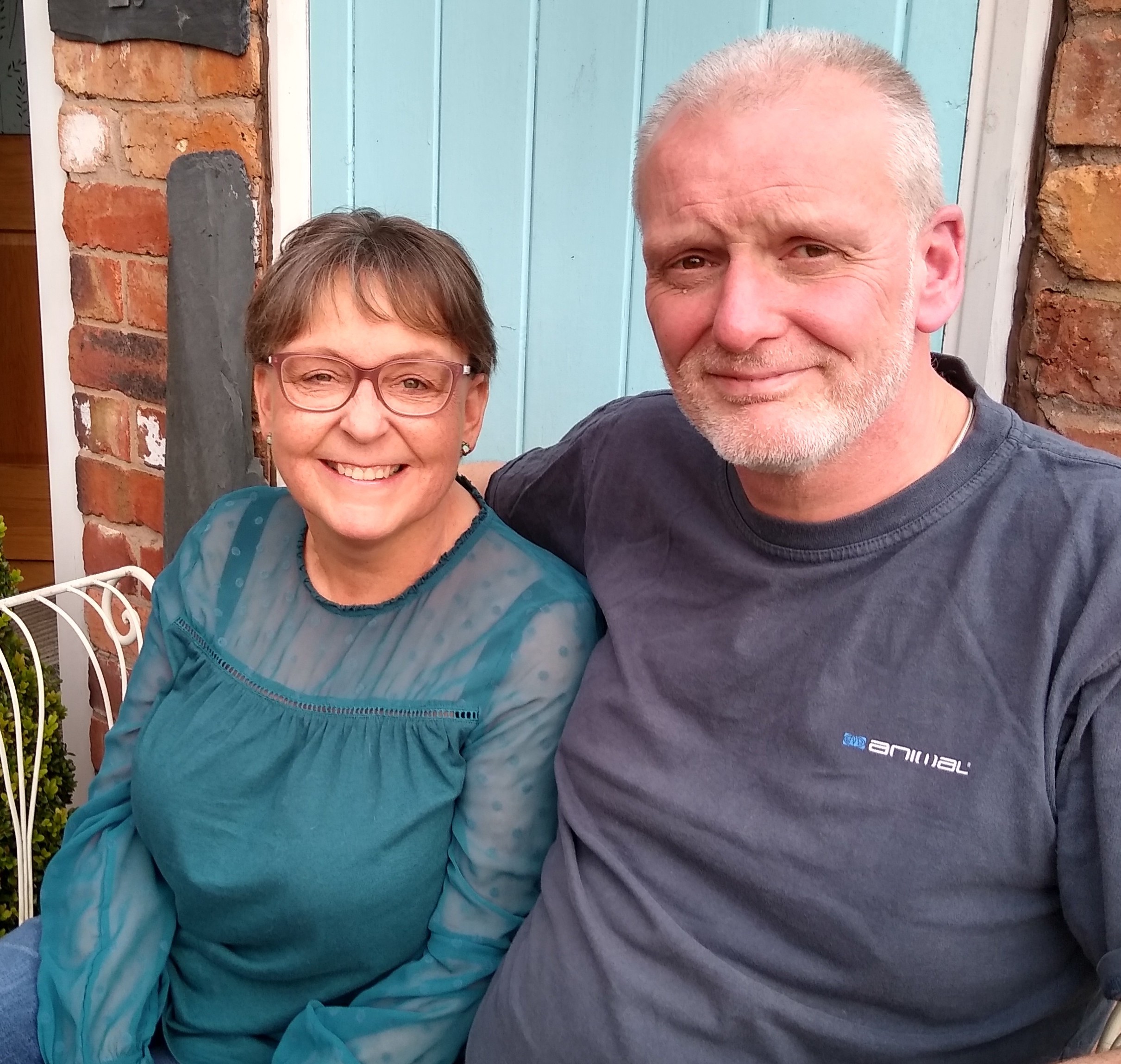Living kidney donation
Donating a kidney to someone in urgent need is an extraordinary act of compassion and selflessness – it has the power to completely transform, and even save, a life.
If you’re considering becoming a living kidney donor, it’s important to understand what the process involves. Explore what it means to be a donor, the steps you’ll take, and how you can begin this life-changing journey.
What is Living Kidney Donation?
Living kidney donation is when someone chooses to give one of their kidneys to a person with kidney failure who needs a transplant. This could be a friend or family member, or some people choose to donate their kidney to a stranger on a transplant waiting list.
In the UK, living kidney transplants have been performed since 1960. Around 1,100 such operations are performed each year, with a very high success rate.
As well as considering living kidney donation, people can also join the deceased donor registry. This is where your kidneys and other organs will be given to the NHS and donated to those who need them after your death.
WHY DO WE NEED LIVING KIDNEY DONATIONS?
The facts speak for themselves:
Most of us are born with two kidneys, but we only need one kidney to lead a healthy life.
Nearly 7,000 people are currently on the NHS waiting list for a kidney transplant.
Six people die every week waiting for a kidney.
A kidney transplant is the very best treatment option for many people with kidney disease, but the waiting list is currently very long. Adults wait an average of 18 months for a transplant. For some, the wait is even longer than that.
If more people participated in living kidney donations, the waiting list for transplants would shrink. Many more people with kidney disease could come off (or avoid) years of difficult dialysis and regain their health and independence.
The donation of a kidney also saves the NHS a great deal of money. Keeping someone on a dialysis machine while they’re waiting for a kidney costs about £34,000 per patient each year.
ONE LIVING KIDNEY DONATION CAN SAVE UP TO THREE LIVES
Since January 2012, people in the UK who choose to donate a kidney to a stranger (known as ‘non-directed donors’) donate into the UKLKSS – the UK Living Kidney Sharing Scheme.
From January 2019, all non-directed kidneys began to be defaulted into the kidney sharing scheme to trigger a ‘donor chain’ (and therefore make more transplants possible), unless there is a high priority matching patient on the waiting list, in which case the kidney is offered to them.
This means that every non-directed donor stepping forward today is likely to trigger two to three transplants that otherwise may not have been possible.
CAN’T DONATIONS COME FROM DECEASED DONORS INSTEAD OF LIVING KIDNEY DONORS?
They can come from either.
However, only a very small number of people die in circumstances where their organs are suitable for transplant (fewer than 1% of the population) so there is always a shortage.
Living kidney donation is also seen as the gold standard for transplants. The success rate for transplants from living donors is better than that for transplants from deceased donors, and they can also last many years longer.
Kidney surgery from a living donor can also be planned for the best possible time for the donor, recipient, and surgical team. Surgeries involving a deceased donor can come at any time and place, and must usually happen immediately to have a chance at success.
What Are the Benefits of Living Kidney Donation?
Living kidney donation can change someone’s life in the most amazing way. People who receive a kidney from a living donor often live much longer and feel healthier than those who stay on dialysis. They can enjoy more energy, fewer hospital visits, and a better overall quality of life.
For donors, the experience can be incredibly meaningful. Many people feel proud, fulfilled, and even gain a new sense of worth knowing they’ve done something to help someone else in need. It’s a chance to make a real difference.
Who Can Become a Living Kidney Donor?
Living kidney donors can come from all walks of life. You don’t need to be a close relative – many donors are friends, partners, or even generous strangers who just want to help someone in need.
To be a donor, you must be in good general health. Read our page on becoming a living kidney donor to learn more.
Before donating, you’ll go through a series of medical and psychological checks. These tests make sure that donating a kidney is safe for you and that you feel confident and supported in your decision.
Is Becoming a living kidney donor safe?
Yes, for most people, living with one kidney is completely safe, and only people for whom the risks of complications are very low are allowed to donate. After donating, your remaining kidney takes over the work of both, and you can still enjoy a full, active life.
The operation does involve surgery, but most donors recover quickly – usually within a few weeks. You’ll get support during recovery to help you heal and get back to your normal routine.
After your donation, you’ll have regular check-ups and access to follow-up care to make sure your health stays on track. Most donors feel good knowing they’ve helped someone live a better life.




